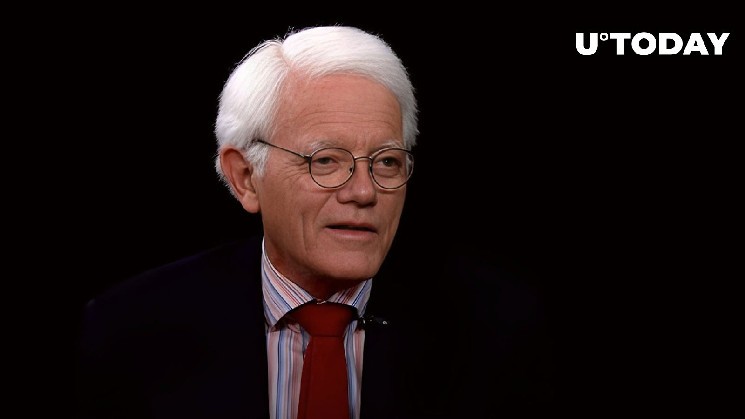Here’s How Legendary Investor Peter Lynch’s Strategy Would Work in Crypto

Peter Lynch is regarded as one of the most accomplished investors of our era. From 1977 to 1990, Lynch managed Fidelity Invest’s Magellan Fund, which delivered an impressive average annual return of 29.2%. Under his leadership, the fund’s assets grew from $18 million to $14 billion, thanks to the «Growth At a Reasonable Price» (GARP) strategy that combines principles of value and growth investing. Educational writer Zerko Ika applied it to the crypto world.
Investing in industries or specific companies one is familiar with can help one uncover undervalued assets. In the crypto context, this might involve focusing on a specific niche such as DeFi, NFTs or Layer 2 solutions. Conducting thorough fundamental analysis before investing in any altcoins is essential for success. Lynch coined the term «Ten Baggers» to identify stocks with the potential to grow tenfold from their original purchase price.
Peter Lynch is one of the most successful investors of our time.
He grew an Investment fund from million to billion.
I deep-dived into his legendary ”GARP” strategy and adapted to crypto.
Here is how you can take advantage of it and improve your profitability.
1/21 ?? pic.twitter.com/AKHDu8rGR1
— ZERO IKA ?️ (@IamZeroIka) April 16, 2023
Value-investing principles dictate that paying attention to negative rumors about a company can lead to lower purchasing prices. In the crypto world, FUD (Fear, Uncertainty and Doubt) can be harsh, but it can also offer buying opportunities. For example, when news of a lawsuit against Binance’s CEO by the CFTC caused the price of BNB to drop by 5% daily, this created an opportunity for savvy investors.
Diversification can reduce risk, but it can also dilute profitability and make it harder to manage investments. Striking the right balance between diversification and concentration is crucial.
Regular portfolio reviews can help maintain a healthy mix of investments and counteract cognitive biases, such as sunk cost bias. This involves monitoring your holdings, rebalancing your portfolio, evaluating potential new projects and cutting losses on underperforming assets.






 Bitcoin
Bitcoin  Ethereum
Ethereum  Tether
Tether  USDC
USDC  TRON
TRON  Dogecoin
Dogecoin  Cardano
Cardano  Bitcoin Cash
Bitcoin Cash  Chainlink
Chainlink  Zcash
Zcash  Monero
Monero  LEO Token
LEO Token  Stellar
Stellar  Litecoin
Litecoin  Hedera
Hedera  Dai
Dai  Cronos
Cronos  Tether Gold
Tether Gold  OKB
OKB  Ethereum Classic
Ethereum Classic  KuCoin
KuCoin  Gate
Gate  Algorand
Algorand  Cosmos Hub
Cosmos Hub  VeChain
VeChain  Dash
Dash  Tezos
Tezos  TrueUSD
TrueUSD  Stacks
Stacks  IOTA
IOTA  Decred
Decred  Basic Attention
Basic Attention  Theta Network
Theta Network  NEO
NEO  Synthetix
Synthetix  Qtum
Qtum  Ravencoin
Ravencoin  DigiByte
DigiByte  0x Protocol
0x Protocol  Nano
Nano  Zilliqa
Zilliqa  Siacoin
Siacoin  Numeraire
Numeraire  Waves
Waves  Ontology
Ontology  Status
Status  BUSD
BUSD  Enjin Coin
Enjin Coin  Pax Dollar
Pax Dollar  Hive
Hive  Lisk
Lisk  Steem
Steem  Huobi
Huobi  OMG Network
OMG Network  NEM
NEM  Bitcoin Gold
Bitcoin Gold  Augur
Augur  HUSD
HUSD